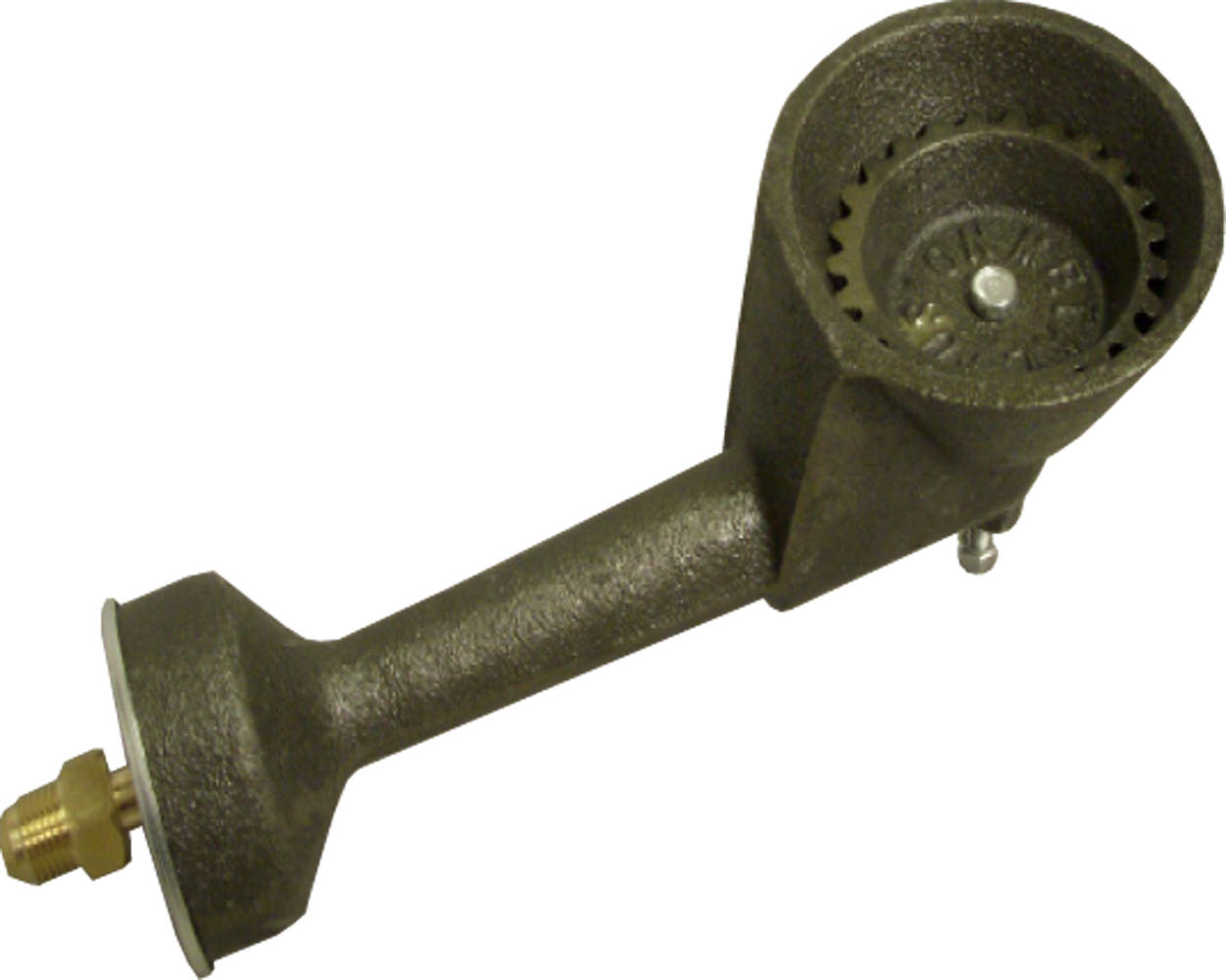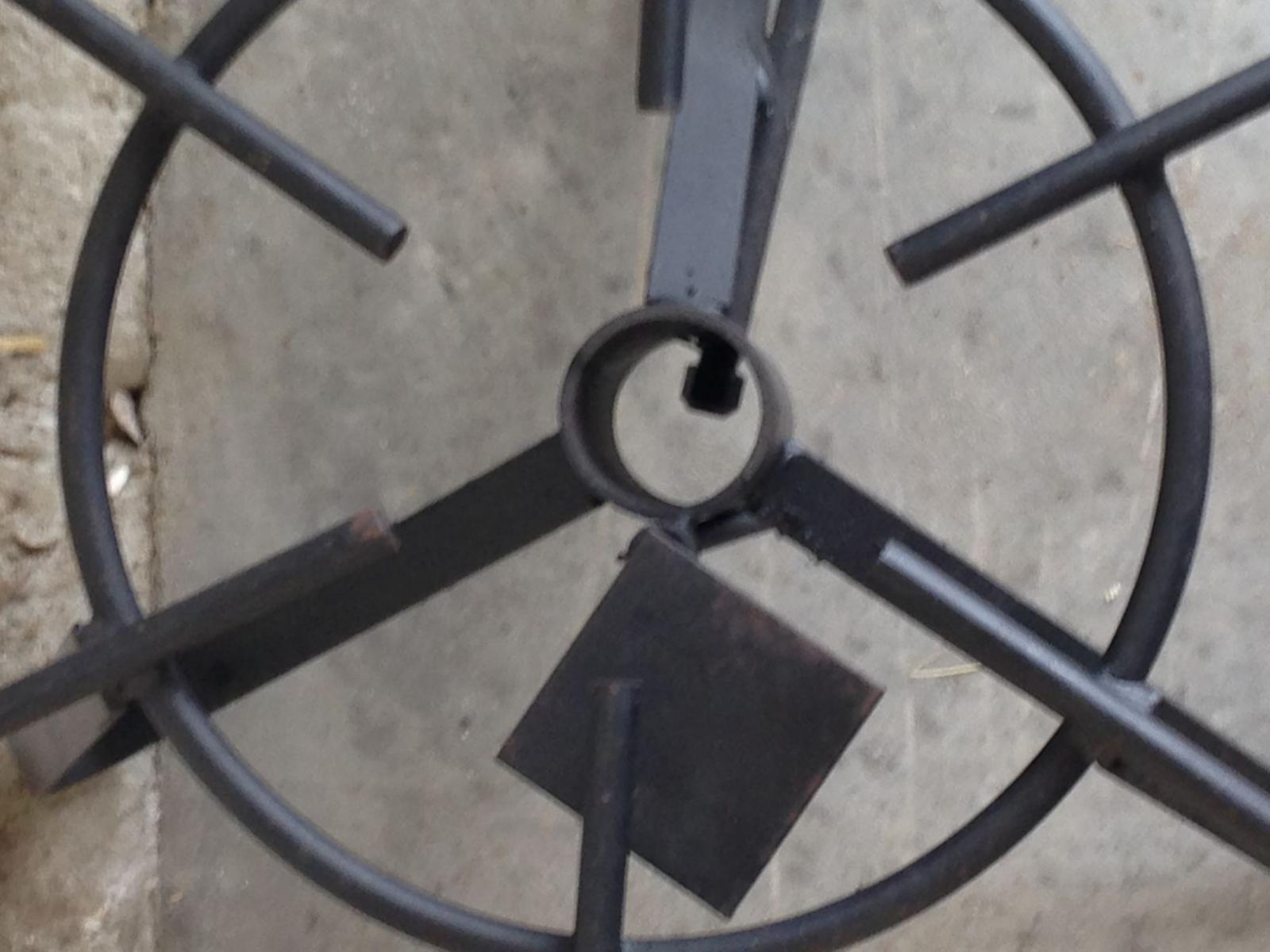Skeller
Active Member
Hey All
I am looking for some advice on a new 3 keggle set up i've been working on and am now very close to completing. Long term I plan to go with Brutus 10 type single level set up with a pump. Currently I have this angle iron table I got from a family member modified slightly, and it holds 2 kettles. I also have this single Jet Burner, which has to be highly inefficient given its like a jet engine firing (someone in another forum described it similar to making the sound of a harrier taking off lol). So I must eventually get a more efficient burner and will mount one or more on to the table. Probably the 10" Banjo's.
Also have to consider a spot for the 3rd Kettle - although the stand alone burner should work it would seem for now. Would like one of the nicer 3 kettle tables at some point.
So i'm a little anxious to get started. Have 2 more valves coming and all of the connections I need. So, with only one burner, trying to fly sparge, and keep heat for a mash kettle + have strike water ready, seems it would be a little tricky moving the burner around (the burner does fit bottom of the table and sits on another cross piece of angle not currently shown, but it sits a bit low. So Im thinking batch sparge should be fine. I dont have gravity all figured out yet either. Likely just boil kettle on ground to transfer after mash is done, then we'd obviously have to make sure its high enough to transfer into the fermenter after chilling it (have mongo immersion chiller).
Then I thought just pulling the trigger on a banjo now, and mounting it under one kettle on the table. Should be easy enough - i'm not a welder but I can use bolts which is how I mounted the wheels.
For the mash, I could just insulate using the reflectix stuff - although I still feel like somehow that may not hold 150degrees on a simple mash for a full hour? I know applying flame can melt the stuff.
So what i'm asking for is just thoughts on how some of you would do it...if you're itchin to get a batch going by Saturday with what you see in the picture.
Appreciate any help and thoughts. This would be my first outdoor burner setup and i'm a bit nervous (yes yes...'relax, dont worry..'):rockin:
Tks
Scott


I am looking for some advice on a new 3 keggle set up i've been working on and am now very close to completing. Long term I plan to go with Brutus 10 type single level set up with a pump. Currently I have this angle iron table I got from a family member modified slightly, and it holds 2 kettles. I also have this single Jet Burner, which has to be highly inefficient given its like a jet engine firing (someone in another forum described it similar to making the sound of a harrier taking off lol). So I must eventually get a more efficient burner and will mount one or more on to the table. Probably the 10" Banjo's.
Also have to consider a spot for the 3rd Kettle - although the stand alone burner should work it would seem for now. Would like one of the nicer 3 kettle tables at some point.
So i'm a little anxious to get started. Have 2 more valves coming and all of the connections I need. So, with only one burner, trying to fly sparge, and keep heat for a mash kettle + have strike water ready, seems it would be a little tricky moving the burner around (the burner does fit bottom of the table and sits on another cross piece of angle not currently shown, but it sits a bit low. So Im thinking batch sparge should be fine. I dont have gravity all figured out yet either. Likely just boil kettle on ground to transfer after mash is done, then we'd obviously have to make sure its high enough to transfer into the fermenter after chilling it (have mongo immersion chiller).
Then I thought just pulling the trigger on a banjo now, and mounting it under one kettle on the table. Should be easy enough - i'm not a welder but I can use bolts which is how I mounted the wheels.
For the mash, I could just insulate using the reflectix stuff - although I still feel like somehow that may not hold 150degrees on a simple mash for a full hour? I know applying flame can melt the stuff.
So what i'm asking for is just thoughts on how some of you would do it...if you're itchin to get a batch going by Saturday with what you see in the picture.
Appreciate any help and thoughts. This would be my first outdoor burner setup and i'm a bit nervous (yes yes...'relax, dont worry..'):rockin:
Tks
Scott








